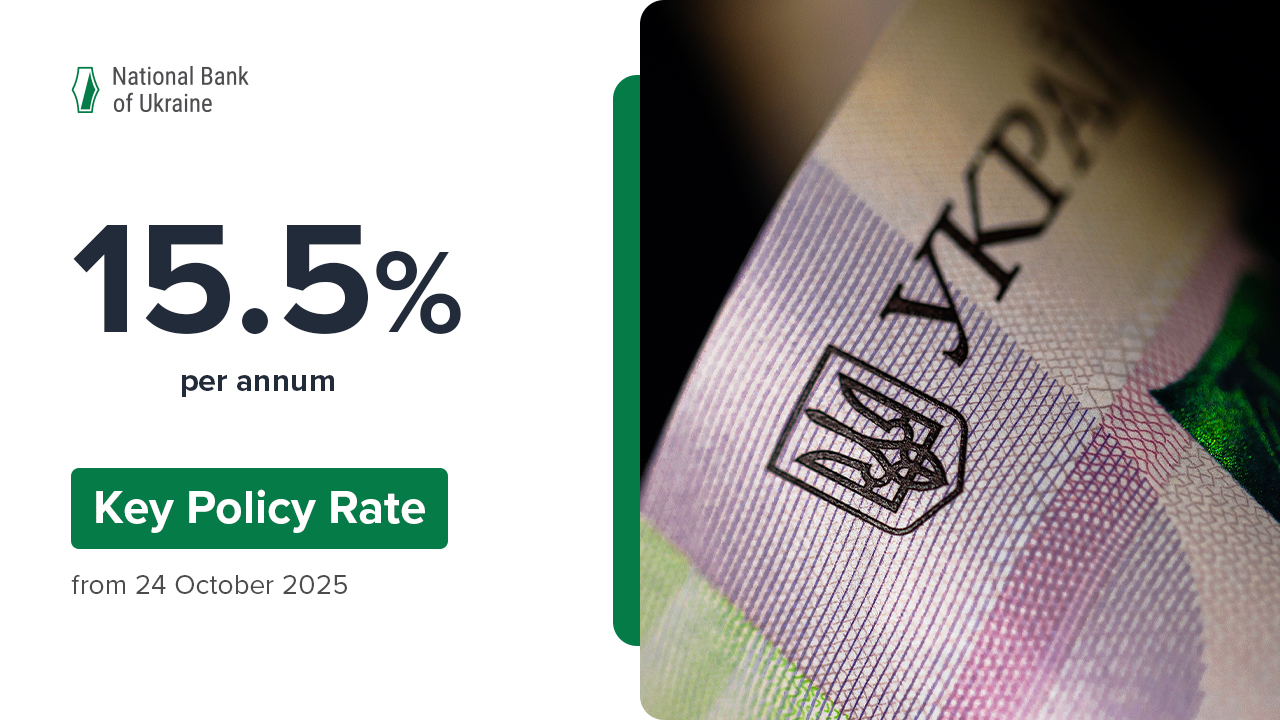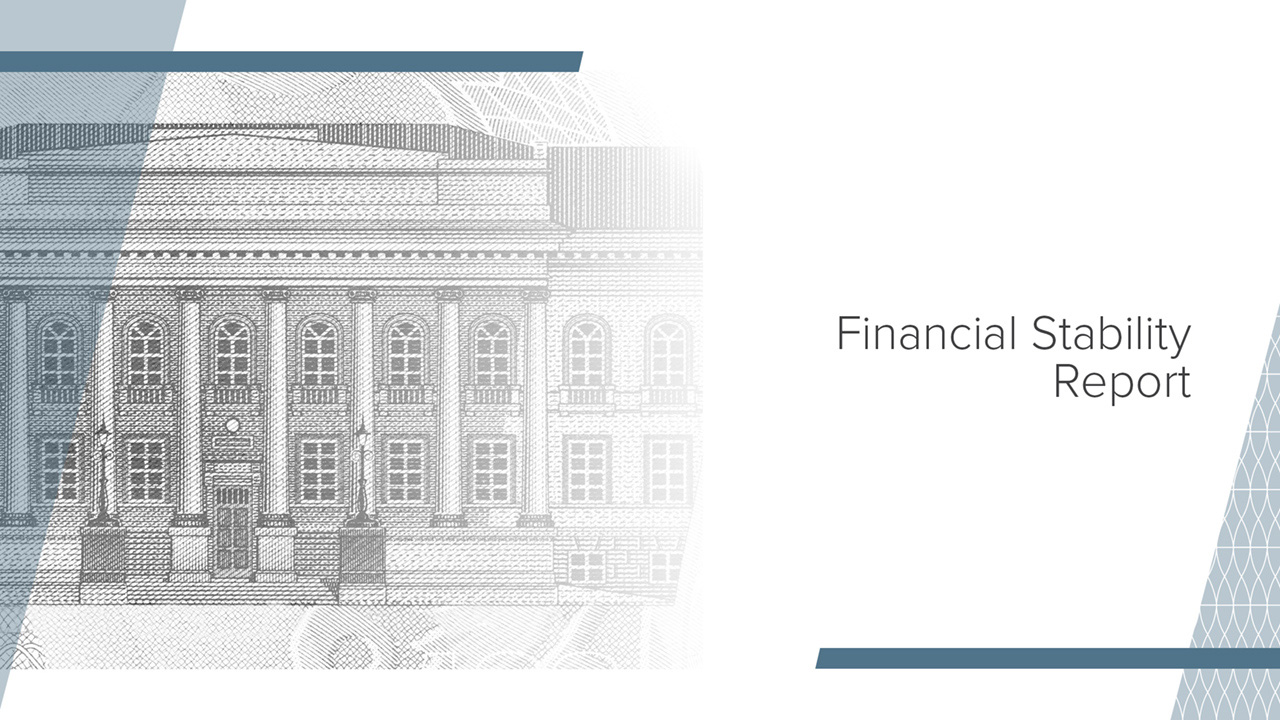The economic and financial crisis caused by the full-scale war waged by russia against Ukraine will have significant adverse and long-lasting consequences for the financial sector. However, the banks are resisting the wartime challenges thanks to the significant resilience margins, the NBU’s timely reaction, and years of joint work on reforming the sector.
Taking into account the expected scale of financial risk materialization and the loss of capital by the banks, the NBU has temporarily switched to the policy of regulatory easing. The central bank will not apply corrective measures if the financial institutions violate capital adequacy requirements due to adverse effects of the war. At the same time, the NBU will require banks and nonbank financial institutions to recognize their financial standing transparently and correctly. This will allow implementing a realistic schedule of financial sector recovery after Ukraine’s victory in the war.
While Ukraine’s access to global financial markets is closed, the budget financing and support of international reserves are possible thanks to financial support of partner countries
As a result of the war, GDP is expected to fall by more than a third and inflation is projected to accelerate significantly. In order to avoid uncontrolled depreciation and capital outflows, the NBU has temporarily fixed the exchange rate and implemented FX controls while supporting the FX market by its interventions. Financing budget needs and increasing the NBU’s international reserves are possible thanks to large-scale financial assistance of partner countries. At the same time, closed external debt markets are not a problem for banks, which are mainly funded domestically and do not depend on foreign borrowing. A drop in economic activity will have a lasting negative effect on corporate and household income, thus affecting bank loan portfolio quality. This will also lead to a decrease in demand for financial sector services.
The banks’ operations are stable, and depositors’ trust is maintained
The banks’ operations were stable. Every day, they have been servicing clients almost uninterruptedly in regions where it was safe for their employees and clients. Around 85% of bank branches were already operating by mid-June. However, the banks incurred large losses from operational risk events caused by the war.
Clients continued to trust the banks. Hryvnia deposits of clients, primarily retail clients, grew in the first weeks of the war. This growth, however, stopped after a while. The banking sector’s liquidity does not raise any concern now, but the banks must stick to conservative approaches and assume the liquidity risk may still materialize.
The sharp hike in the key policy rate in June will encourage the banks to raise their deposit rates to make hryvnia savings more attractive. This should make bank funding more stable. Yields on domestic government debt securities are also expected to rise. This will result in a stable market demand for government debt securities, thus decreasing the need for the monetary financing of the budget deficit.
Lending continues, taking into account the realities of wartime
Credit demand from households and businesses weakened significantly during the war, as did the banks’ risk appetite for issuing new loans. Only hryvnia corporate lending is on the rise. This growth is mainly generated by state support programs. The weak financial standing of businesses and households will constrain active bank lending in the post-war period. Therefore, the government programs of partial interest rate compensation and partial loan guarantees should persist. Unsecured consumer lending will recover more quickly, but its pace will be well below its pre-war level. Mortgage lending will be entirely suspended for some time. The banks should also rely on support programs to resume the issue of mortgage loans.
The banks could absorb large credit risk losses
The sector incurred losses for the first time in five years, due to a sharp increase in provisioning. Looking ahead, the banks will see an increase in their credit risk losses: the NBU estimates that the banks will lose at least 20% of their loan portfolios in the wake of the crisis. The banks will use their capital to cover these losses. As the banks’ capital cushions significantly exceeded the minimum required levels before the start of a full-scale war, the banks have a solid margin of safety. What is more, many large banks will maintain their operational efficiency and will be able to replenish their capital after the war through profits.
With a view to partially freeing up the banks’ capital, the NBU has decreased risk weights for unsecured consumer loans from 150% to 100%. Increased risk weights are a countercyclical tool that encouraged the banks to conduct more prudent lending policies and build larger capital cushions, which they can now use under the current crisis.
Nonbank financial institutions should mobilize their own resources for recovery
Nonbank financial institutions were less prepared for the challenges of the war than the banks, and were less able to cope with operational risks. That said, all segments of the nonbanking financial market have companies that continue to provide quality services.
The NBU allows market participants to recover without taking corrective actions for some violations. At the same time, NBFIs must mobilize their own resources in order to recover, and maintain transparency when reporting their financial situation.







